Nestled among the rugged Dachstein and Salzkammergut mountain ranges and overlooking a crystal-clear lake, the alpine village of Hallstatt in Austria offers a truly breathtaking sight. In recent years, however, this place has become a major centre of European mass tourism. When I visited it in the summer of 2019, I never thought I would be surrounded by so many tourists, even in the middle of July. I mistakenly thought that this village was not affected by the summer tourist season. But at the same time, if I had been able to discover this place on social networks, a lot of people could have done the same…
“Overtourism” is growing, although perhaps some ways of travelling or ways of thinking about tourism may change as a result of the Covid-19 situation. Yet, I was challenged by the (too) many people who were walking through the alleys of Hallstatt.
In this article, I will naturally tell you about the beauty of this alpine village which was absolutely magnificent to discover, but I cannot hide the feeling of malaise that made me return to Salzburg faster than I initially intended. So I decided to find out a little more about this mass phenomenon in the Austrian village.
A FEW WORDS ABOUT HALLSTATT
Nestling in a mountainous setting in the Austrian Alps, is it any surprise to see so many people turning up when you witness the splendour of the surroundings?
Hallstatt is a historical village in the Austrian Salzkammergut region, approximately 78 km from Salzburg. Surrounded by mountains and situated on the shores of Lake Hallstatt (Hallstättersee in German), the village is a fairy-tale place in all seasons.

There are two options for getting there: by road or by train and then by boat. Travelling by train during my Austrian trip, I took the train early from Salzburg to arrive in Hallstatt at around 9 am and avoid the possible crowds. However, already when I disembarked at the small station I realised how many people had also got off and wanted to board the boat to reach Hallstatt. It seems that we all had the same idea of arriving relatively early.
FACTS ABOUT MASS TOURISM
In today’s world, where previously hidden tourist gems can now be presented in Instagram feeds (among others), problems can arise when small or unprepared destinations try to cope with large numbers of visitors. Hallstatt is an example of this, a place whose popularity has increased in recent years.
At the beginning of 2020, the mayor of the idyllic village begged tourists to stop coming, fearing that this fairy-tale setting would not survive mass tourism.
With a population of 770 inhabitants, Hallstatt welcomes around 10,000 tourists, mostly Asians, every day! The village attracts 13 times more visitors than inhabitants, which demonstrates a real issue to manage, especially for the locals, who cannot live peacefully in their village. Yet, until 1960, it was a peaceful haven, accessible only by boat, and nobody knew the value and beauty of the surroundings, apart from its inhabitants. It was the construction of the road that kicked off tourism. Then, in 1997, Hallstatt was listed as a UNESCO World Heritage Site.
It really began, in fact, when the village was proclaimed “the most instagrammable village in the world” in Asia and was replicated identically in China, in Huizhou, in 2012. China is known for its many counterfeits of all kinds, particularly textiles, but never before had an entire village been reproduced. Although the inauguration ceremony was attended by a delegation from the Austrian village, many residents were outraged by the copy, as they had not been informed of such a project.
This enthusiasm for the historic village has been further fuelled by the fact that it seems that the creators of Frozen took the Austrian village as a model for the fictitious town of Arendelle (there are many rumours about this, but we do not know what is true). Considering the excitement generated by both parts of the Disney franchise, someone can’t miss the hypothetical place of inspiration of one’s favourite animated cartoon.
However, the desire to discover a place does not necessarily mean to completely invade it! Does tourism have limits? Precisely I think so since the inhabitants of this place ask to measure the presence of people and are not dependent on tourism.
MY VISIT TO HALLSTATT
It was really during my visit to Hallstatt in July 2019 that I became aware of the fears of the inhabitants regarding mass tourism in the Alpine region. I had already experienced several times the huge crowds of tourists, especially in Venice and Barcelona, two cities that also suffer from mass tourism and are looking for solutions to counter this, but I had not expected to discover the same phenomenon in a remote Austrian valley.
As I said at the beginning of this article, I left by train from Salzburg in order to arrive early enough, wanting to avoid a possible crowd, but also because I didn’t really know the surroundings and the possible activities to do. The journey took about 2.5 hours and I had to change at Attnang-Puchheim. The train journey from this stop is also beautiful, especially when passing along the Traunsee, another of the famous Salzkammergut lakes. I almost stopped in Bad Ischl, a famous spa town in the region, but as there are no hourly connections to Hallstatt, I postponed this project to another trip to Austria.

When I arrived at the train station, I discovered that I had to take the boat to get to the village, since I was on the other side of the lake. The boat’s timetable coincided with the train timetables to Hallstatt station. I can’t remember exactly how much I spent on the round trip but it couldn’t have been more than 10 euros. To be sure, check the fares on the shipping company’s website.
Before the introduction of the steamboat, Hallstatt was only accessible from the lake. Salt which came from the mines above the village was transported on a kind of salt barge on the river Traun. It was only in 1880 that the railway line was built on the bank opposite the village.

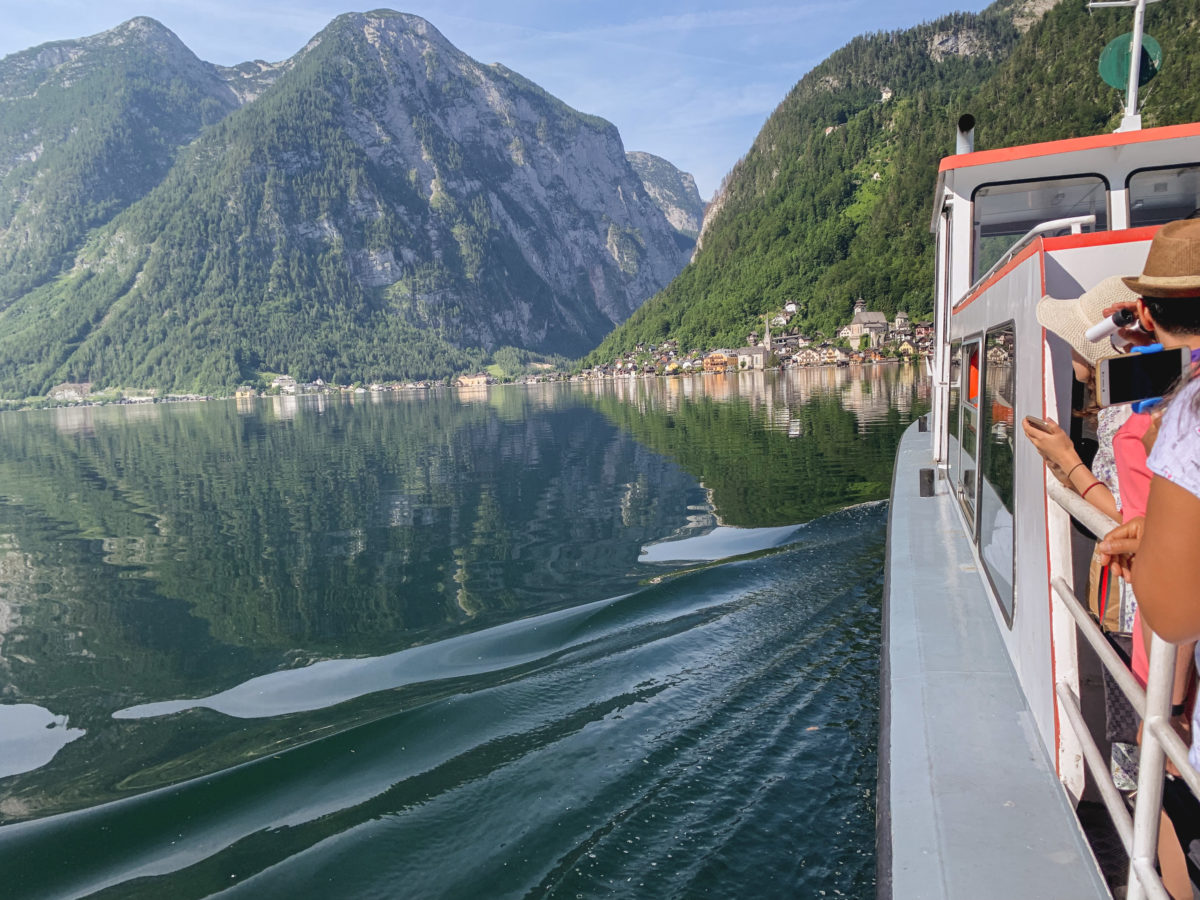
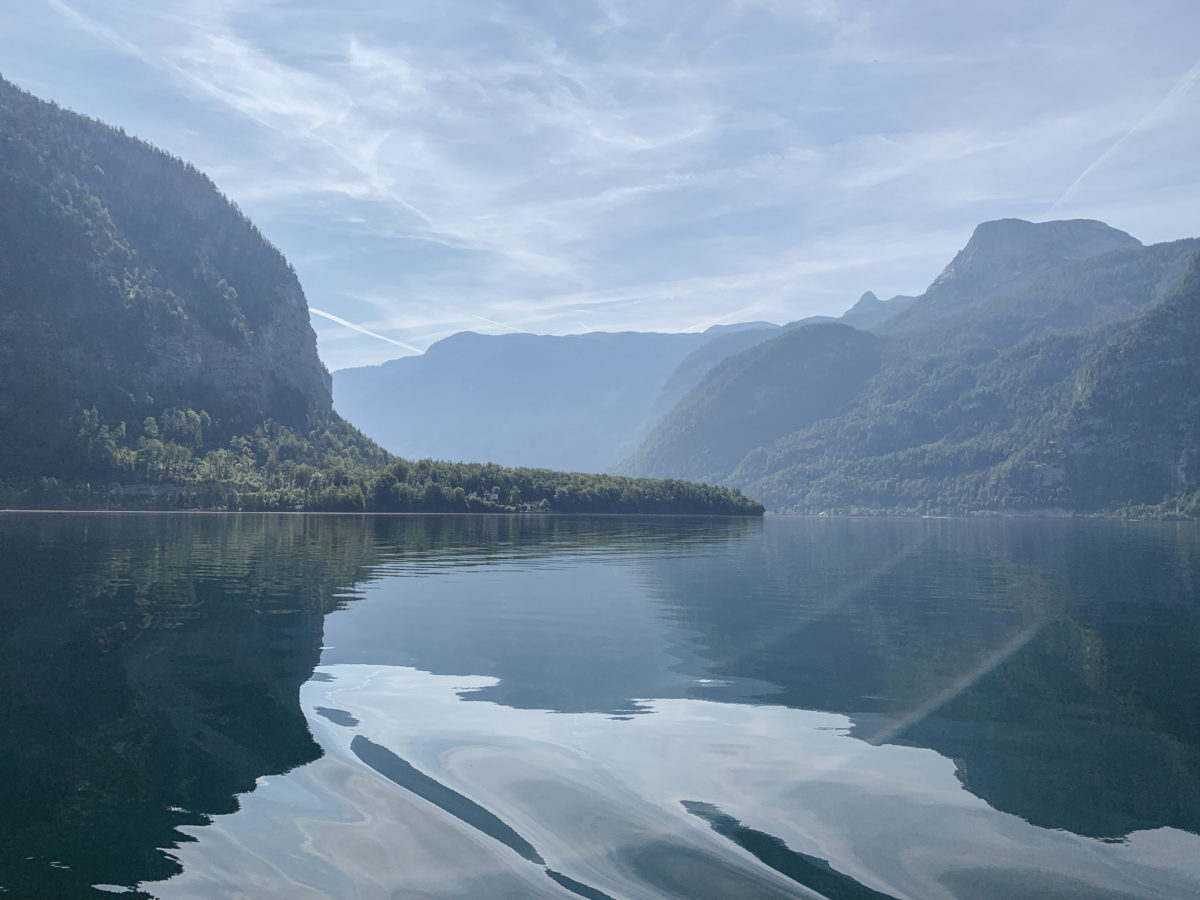


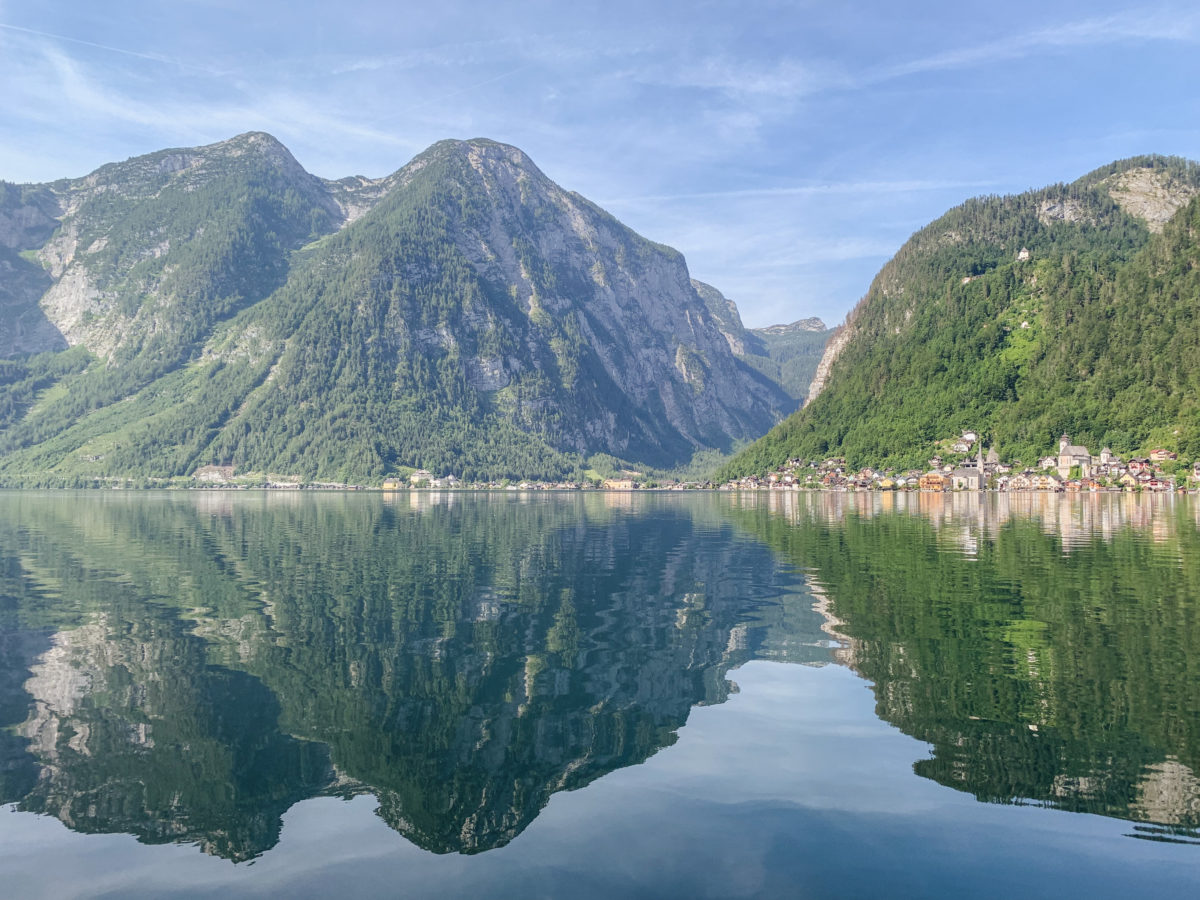
In spite of the crowd, we all managed to get on the boat and I even succeeded in finding myself at the back of the boat in a side, where there was a great view of the lake. Sailing quietly, it was a pure pleasure to approach Hallstatt from the lake, as we could see many facets of the village from an unusual perspective.



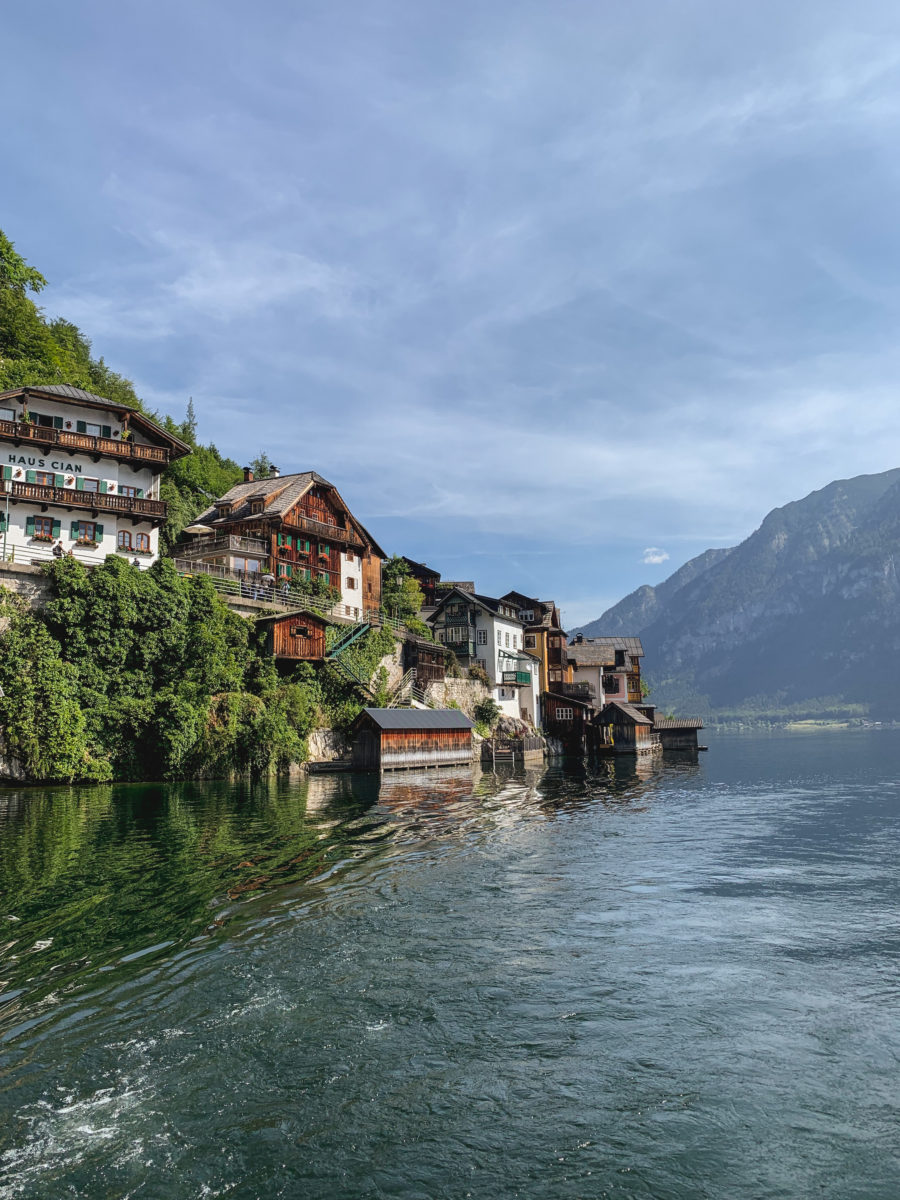



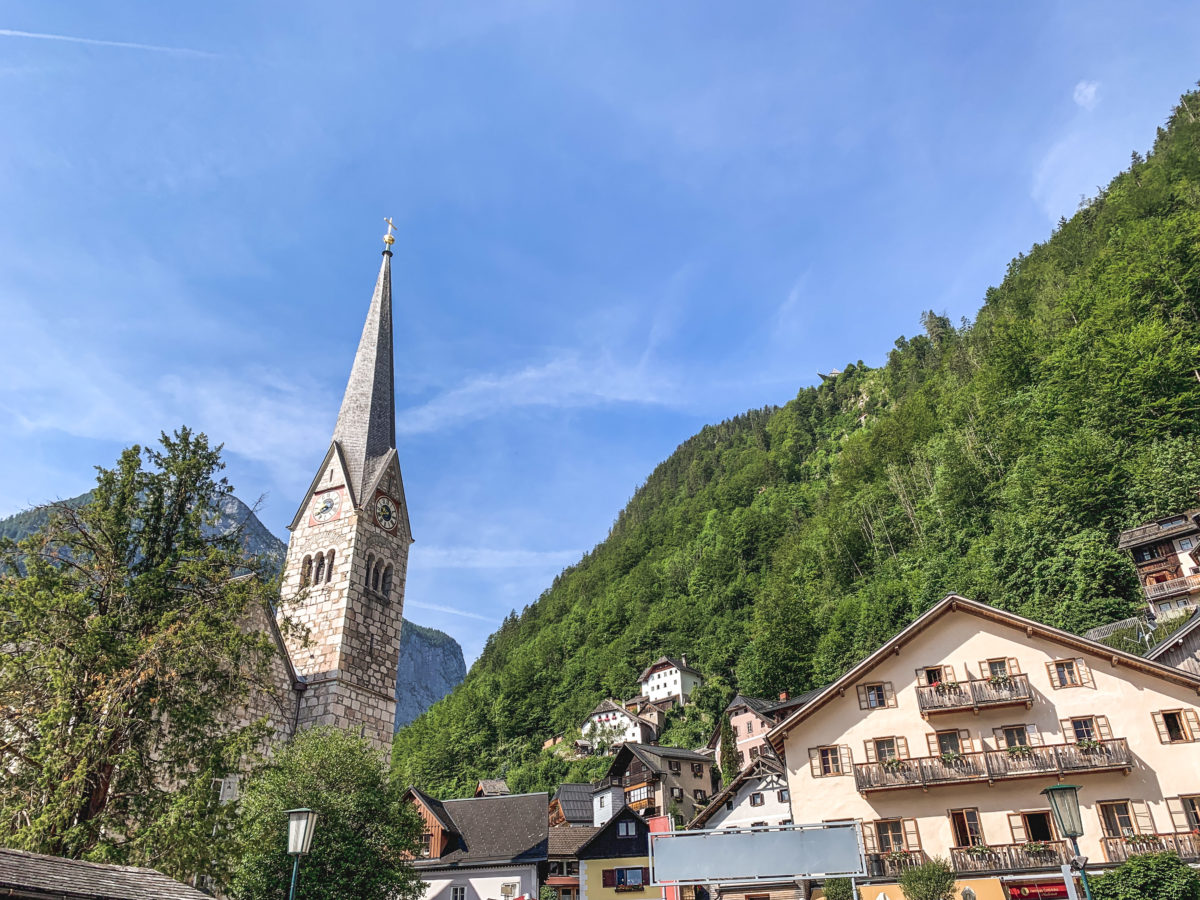
Arriving at the “pier”, I didn’t know where to start and where to go, especially seeing the crowd of tourists already crowded in the square. So I decided to go to the tourist office to find out about the various activities to be undertaken in Hallstatt. To do this, I took the main street and quickly arrived at the pretty market square. This charming pastel-coloured square is absolutely welcoming and I later learned that its layout dates back to the 14th century. The houses you see on the right-hand side belong exclusively to private individuals, while those on the left-hand side belong to the municipality of Hallstatt. In the middle, there is a strange column but it gives a certain charm.

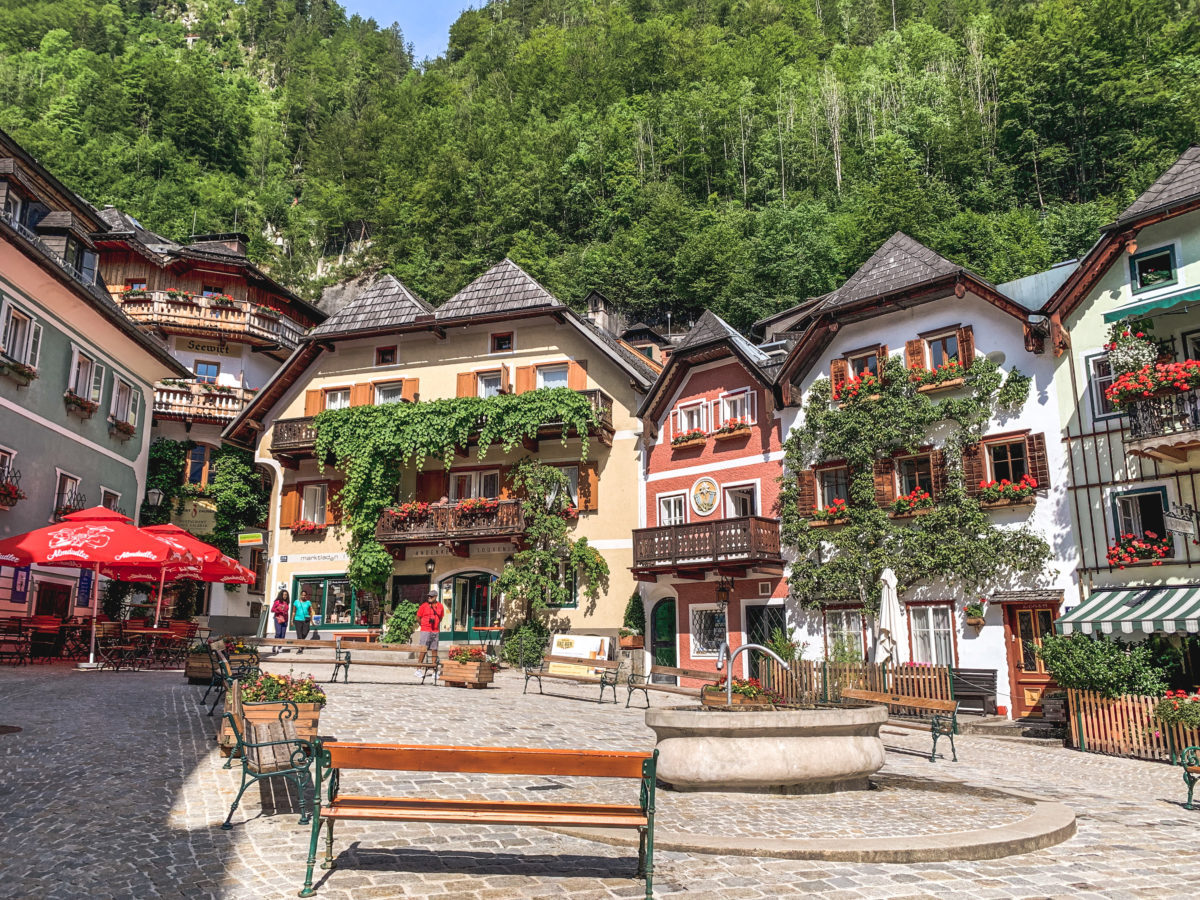
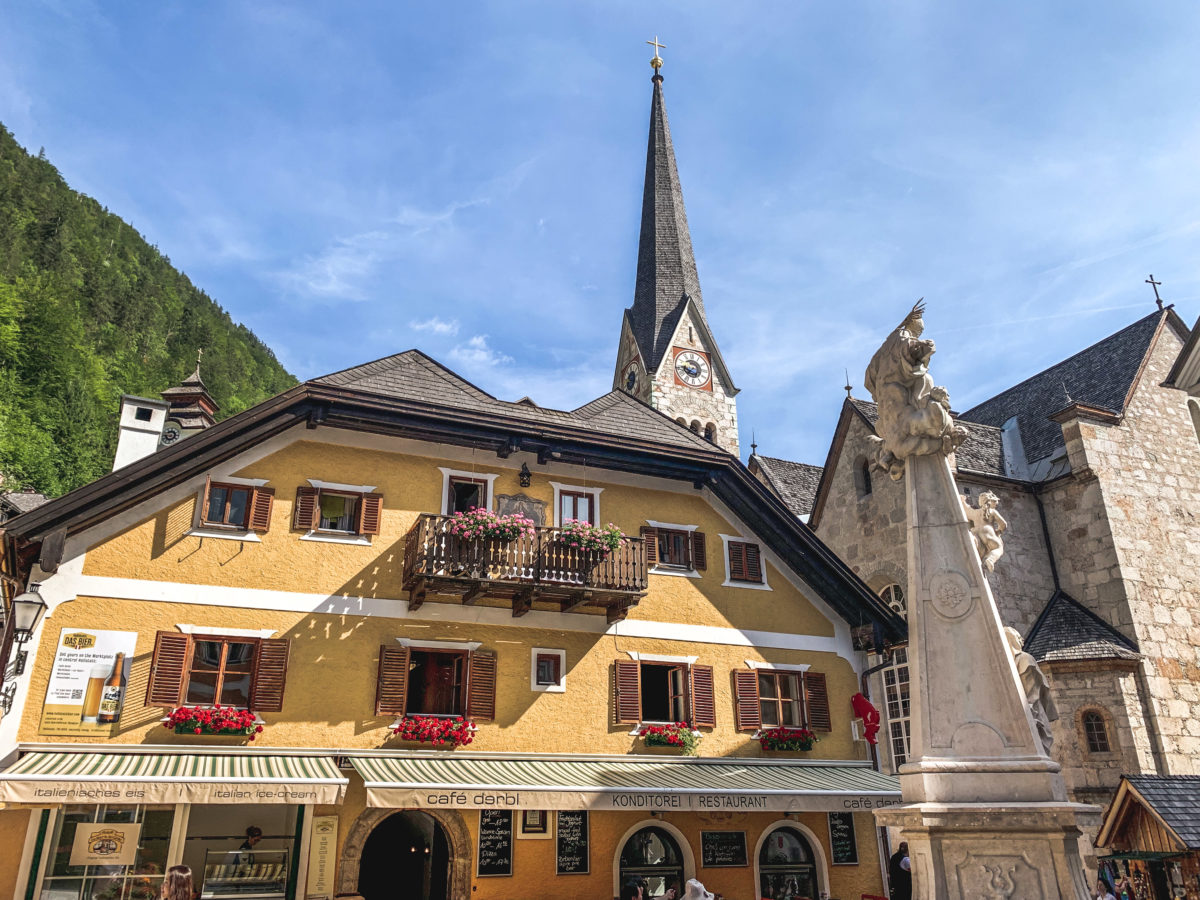


I quickly felt the need to get away from the main street and the viewpoints of the city. Travelling alone, I felt suffocated by these hordes of tourists, who were not very discreet. I was then happy to know that the tourist office was located at the entrance of the village, next to the city of Lahn. The closer I got (and therefore further away from the historical centre), the more tourists became rarer and I could easily soak up the beauty of the place.






As I walked, I told myself that in everyday life, the locals cannot be at peace. According to the mayor in various recent interviews, the inhabitants are subjected by tourists:
- Numerous drones flying over the lake (although authorised only with the agreement of the commune)
- Wedding photo sessions around every corner
- Intrusive glances in private homes
- Trespassing in the gardens to sit on benches or find the best angle for their photos
- And even, intrusions into private homes to, it seems, use the toilets…
Thinking back, after having walked around the village, in barely 1 hour, I had witnessed almost all these statements! Almost all of them, because I didn’t care what was going on with the use of private toilets.
When I arrived at the tourist office, I discovered that there was a nice viewpoint at the top of the hill with a magnificent view over Hallstatt and its surroundings. Being next to the funicular, I paid the sum of 9 euros (yes, it’s not cheap) for a simple trip to the Salzberg (literally the salt mountain). There is a very nice tourist activity 10 minutes walk from the station which will delight families as a trip through 7’000 years of salt mining history awaits those who visit the salt mines of Hallstatt.
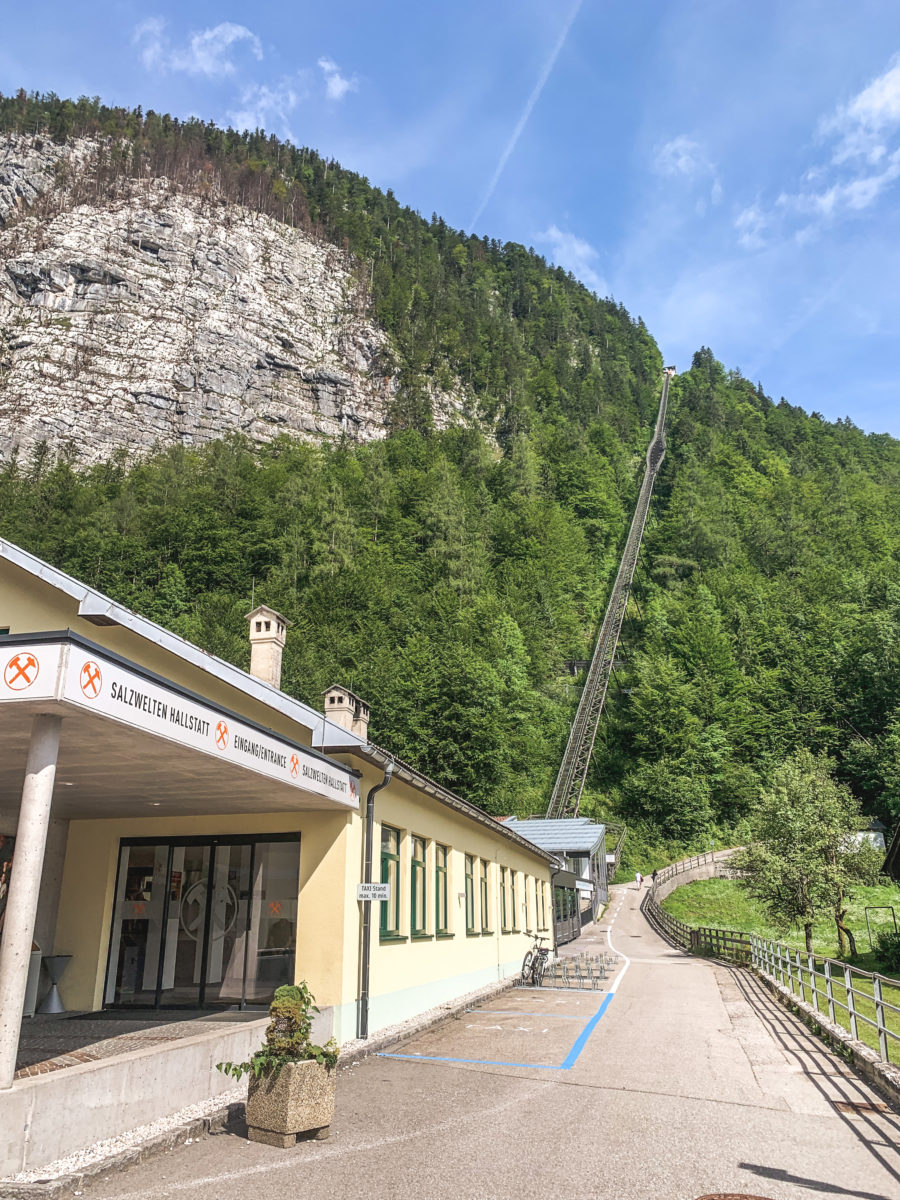


I preferred to go to the “Welterbeblick” (World Heritage in English) belvedere in order to enjoy a magnificent view over Hallstatt, its clear lake and the surrounding mountains. Even more grandiose was the lack of tourists, and I was able to enjoy a few minutes alone at the end of the belvedere to admire the view.
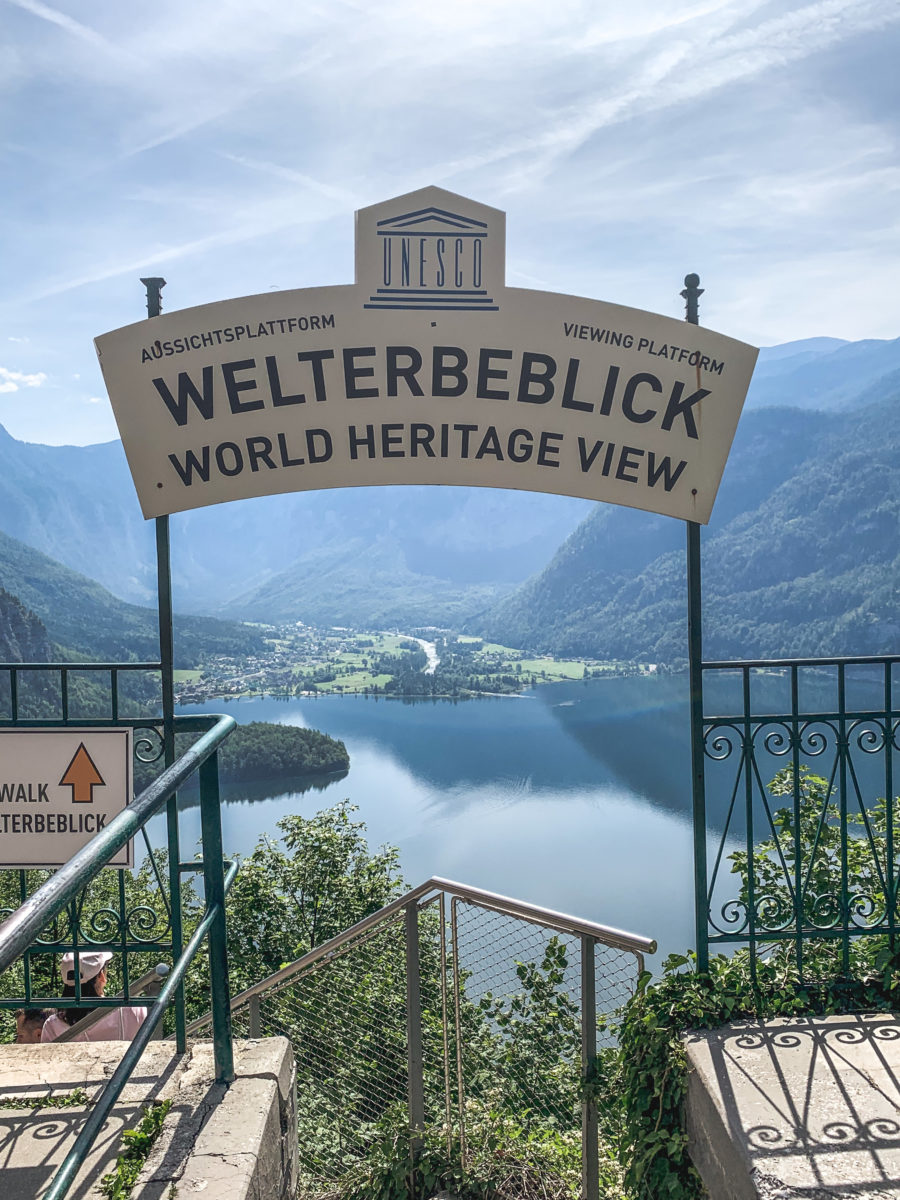









Perhaps because we were in the morning, but it’s a nice escape from the hordes of tourists in the village. You will also have to take the opportunity to enjoy the terrace of the restaurant next to the belvedere, although as it wasn’t quite 11 o’clock yet, I couldn’t order à la carte.

To return to Hallstatt, it takes 40 minutes on the winding path down from the funicular station. This path offers beautiful views and along the way, there are signposts informing the visitor about various themes related to the region. Very interesting and exciting! It will also allow you, if like me you suffer from knee pain on the way down, to stop for a few moments while learning about the region.







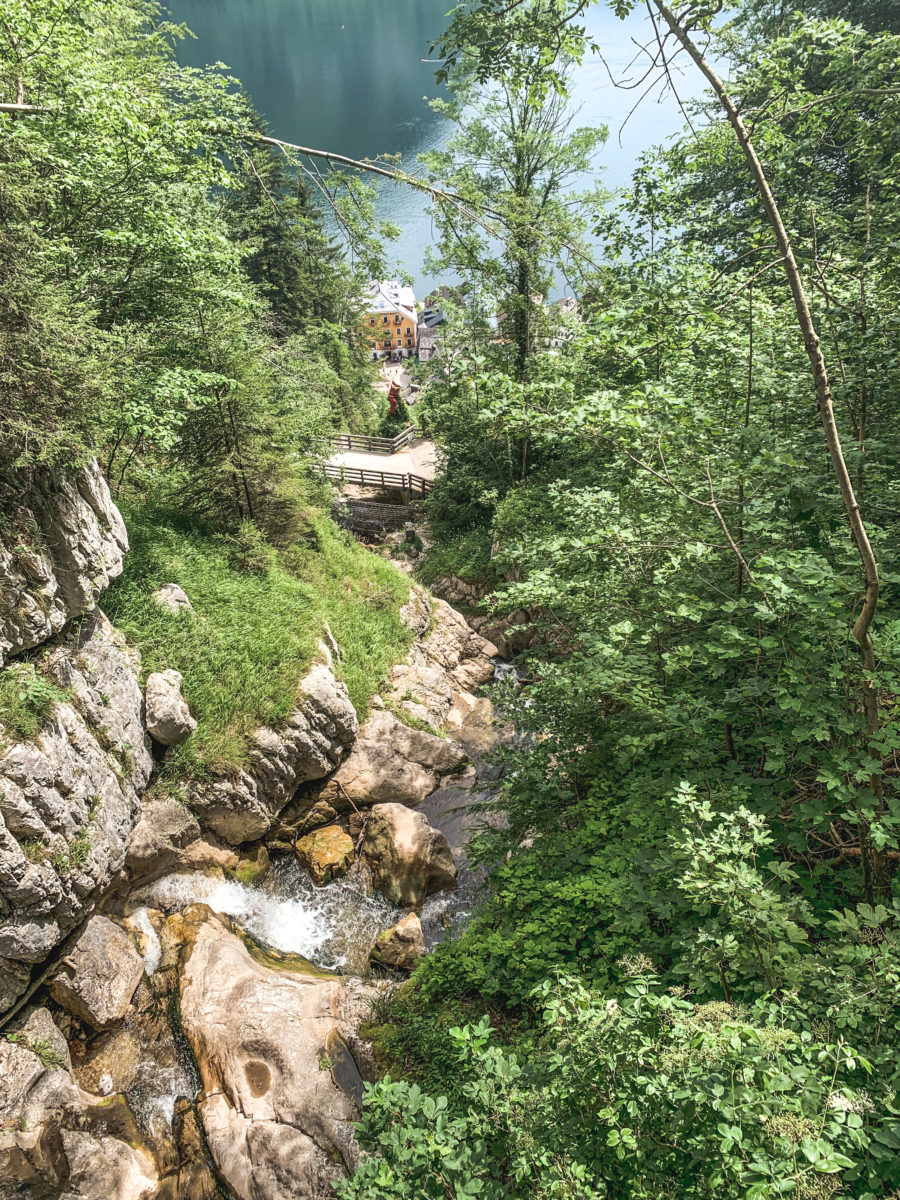
If you pass by this stream, you are in the right direction. You will then reach the upper part of the village.

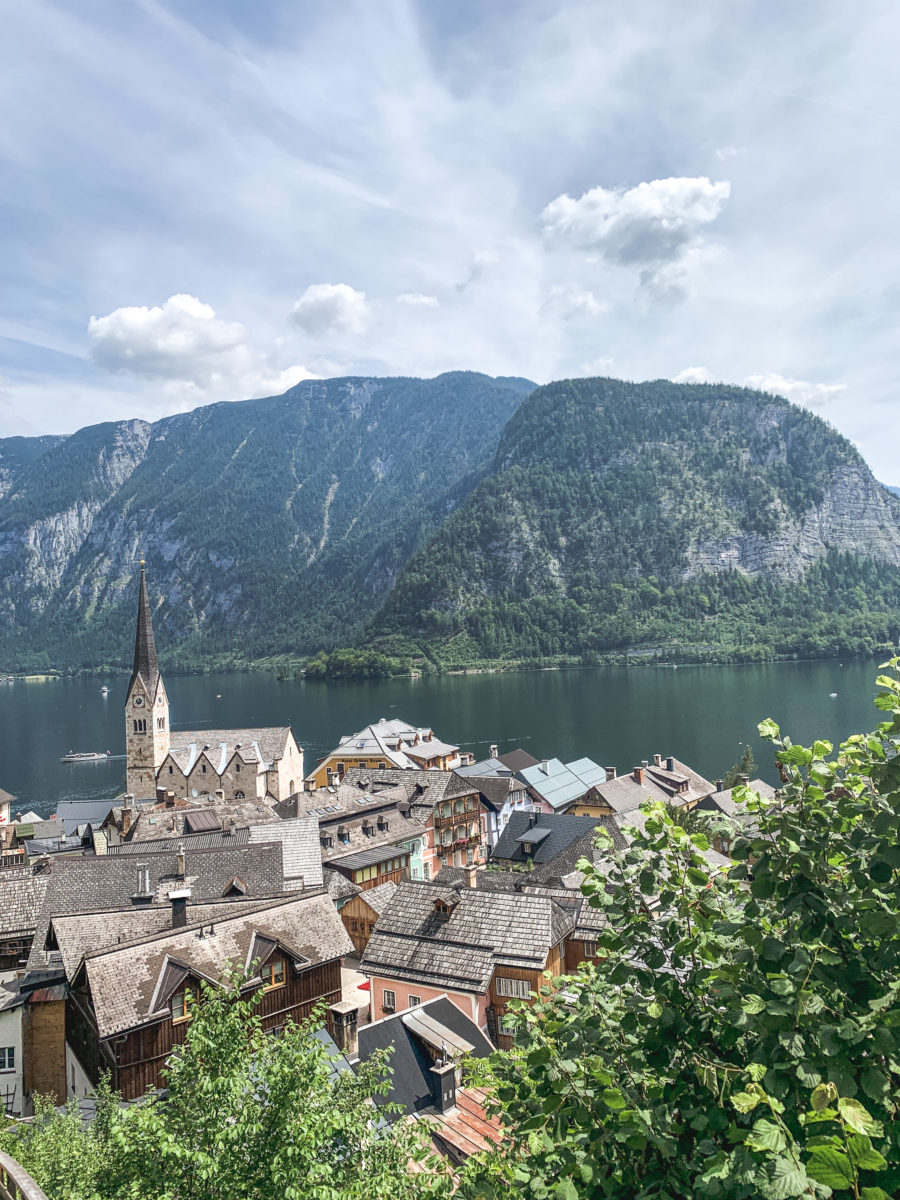
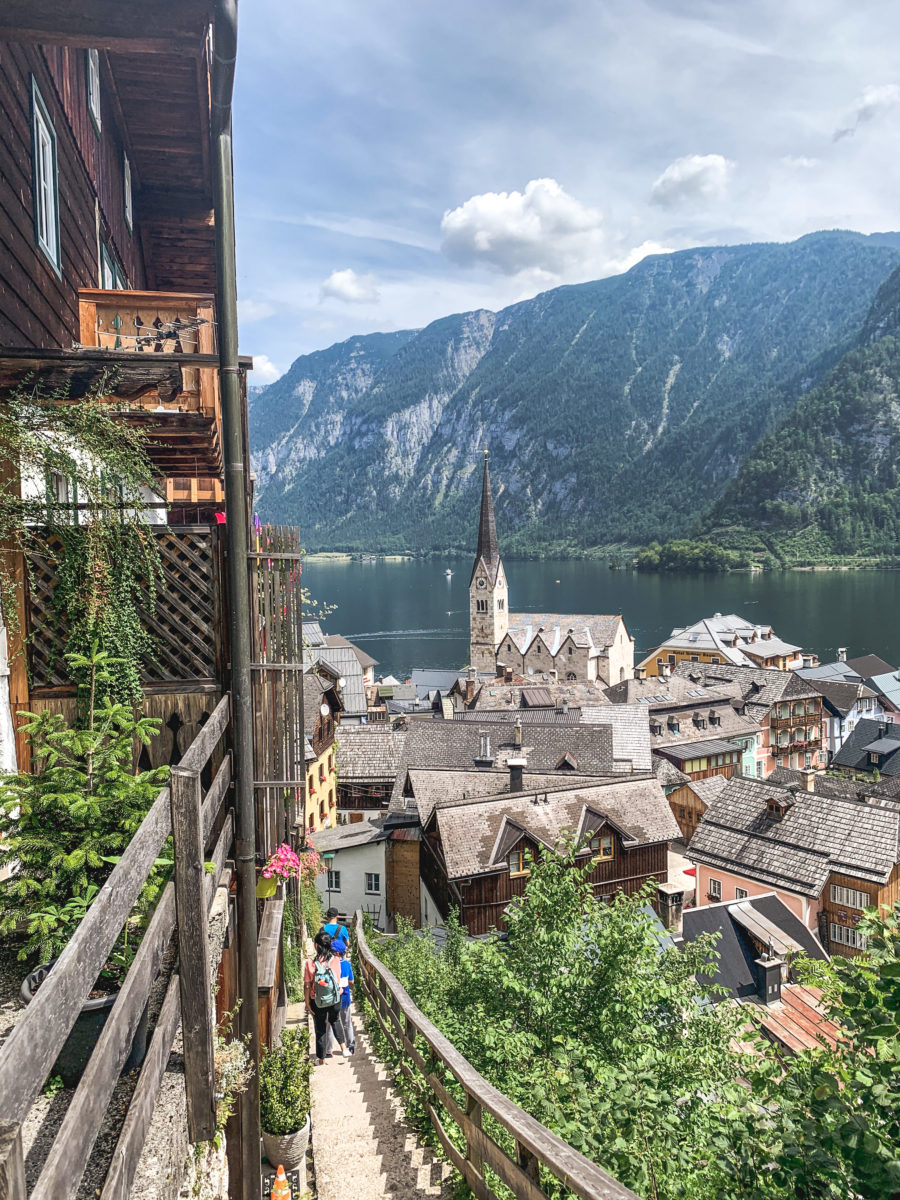
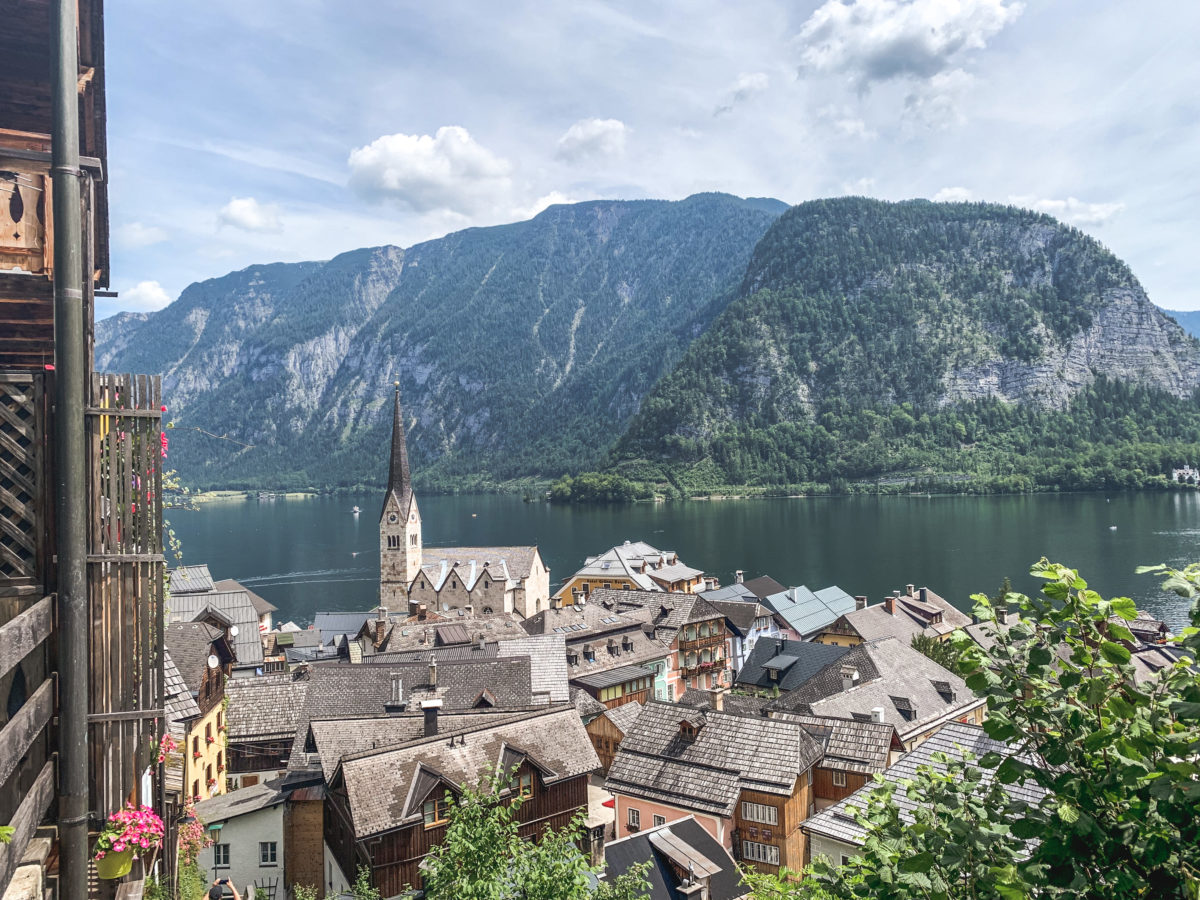

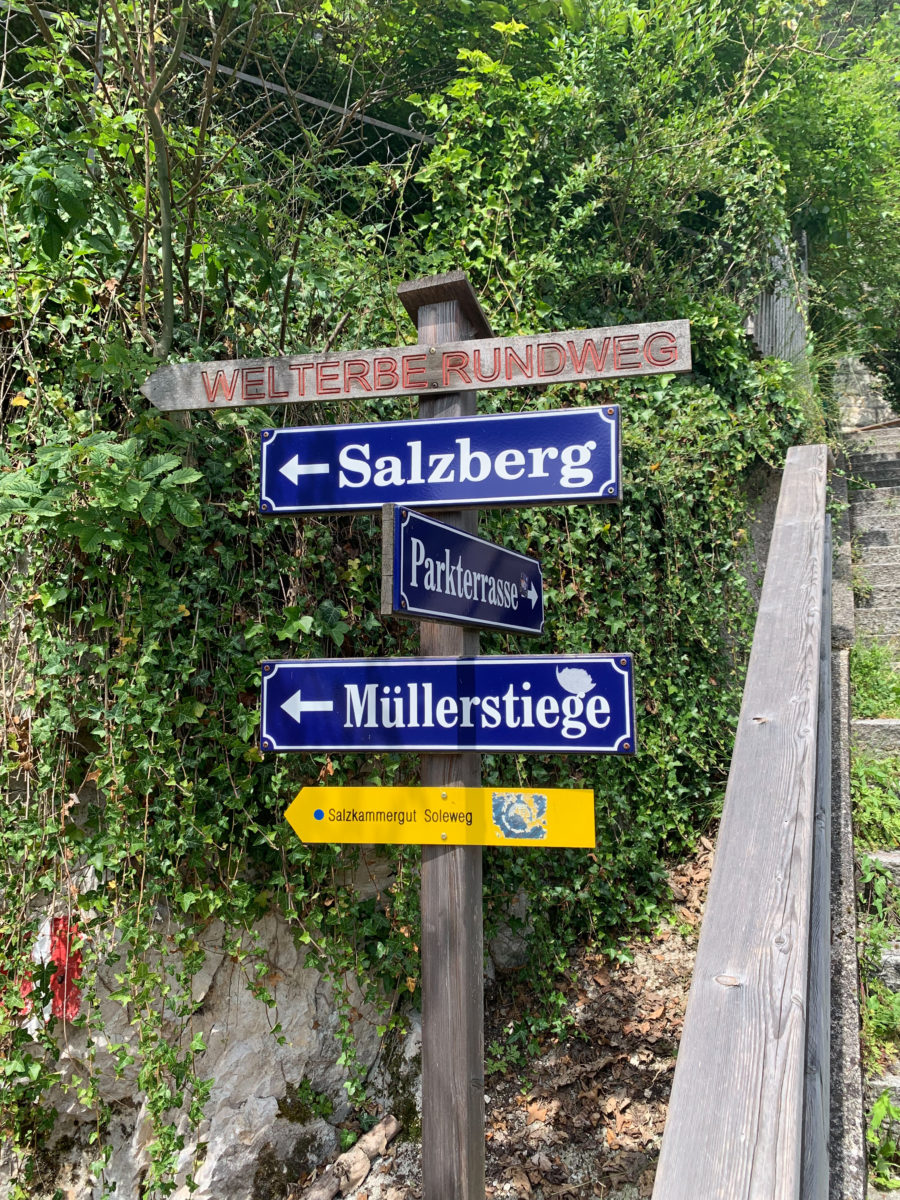
On the way down, I met an old man and asked him for directions. Starting a conversation, he began to speak to me in Austrian with a strong accent and I had great difficulty to understand everything. Fortunately for me, he understood a little French and I was able to speak to him in half-French/half-German (we manage as best as we can: I understand German relatively well, but speaking it is still something I am unable to do) and he answered to me in Austrian. It was a nice meeting and he explained to me that he had always lived in the village of Hallstatt and that he was very proud of his region. At no time did he criticize tourism, in fact, we didn’t really talk about tourism but rather about the beautiful walks to be undertaken in the area. Furthermore, he said that the best way to discover Hallstatt is in the early morning when the light is most beautiful according to him and when you don’t meet anyone. He also advised me to avoid the main street by taking the path parallel to it, which is considerably less busy.
That’s what I did, and I discovered magnificent views of the lake while taking a quiet walk.
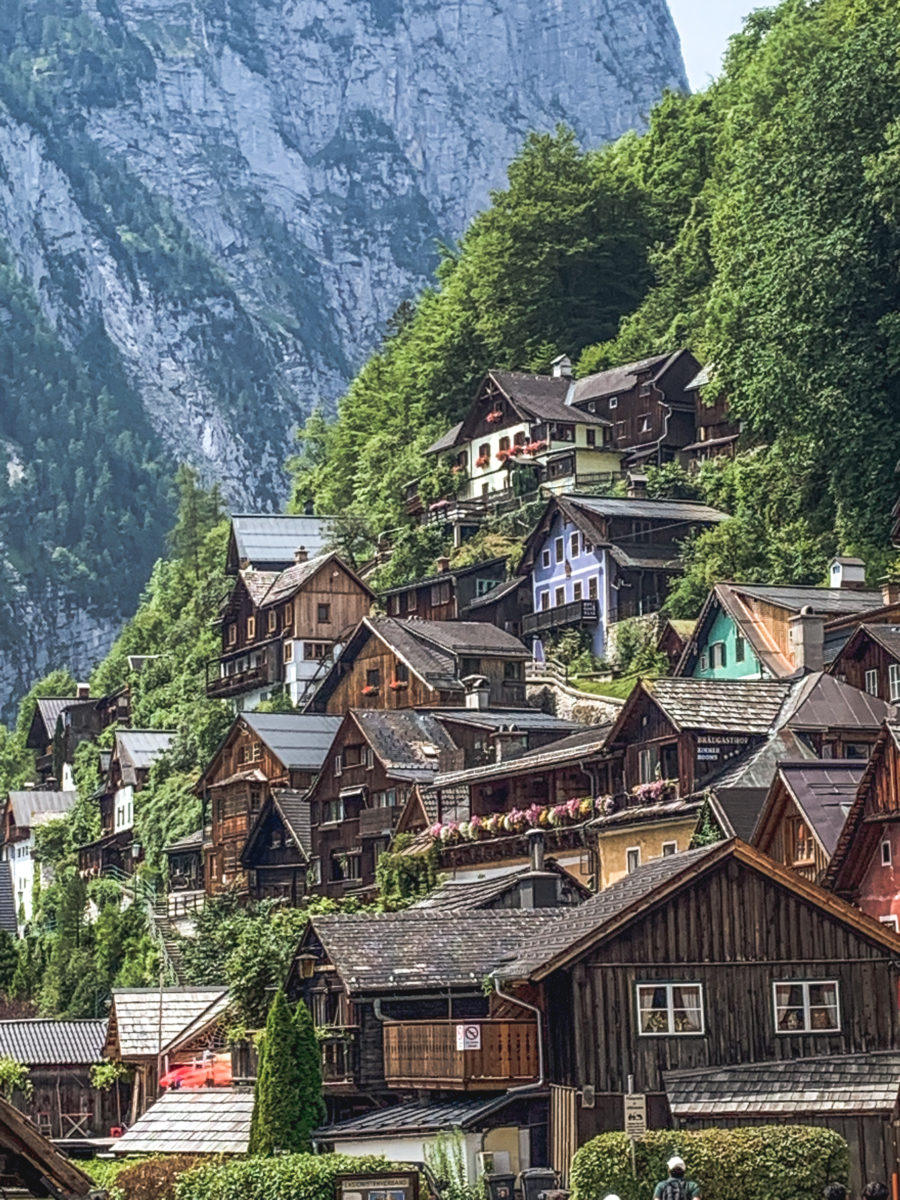




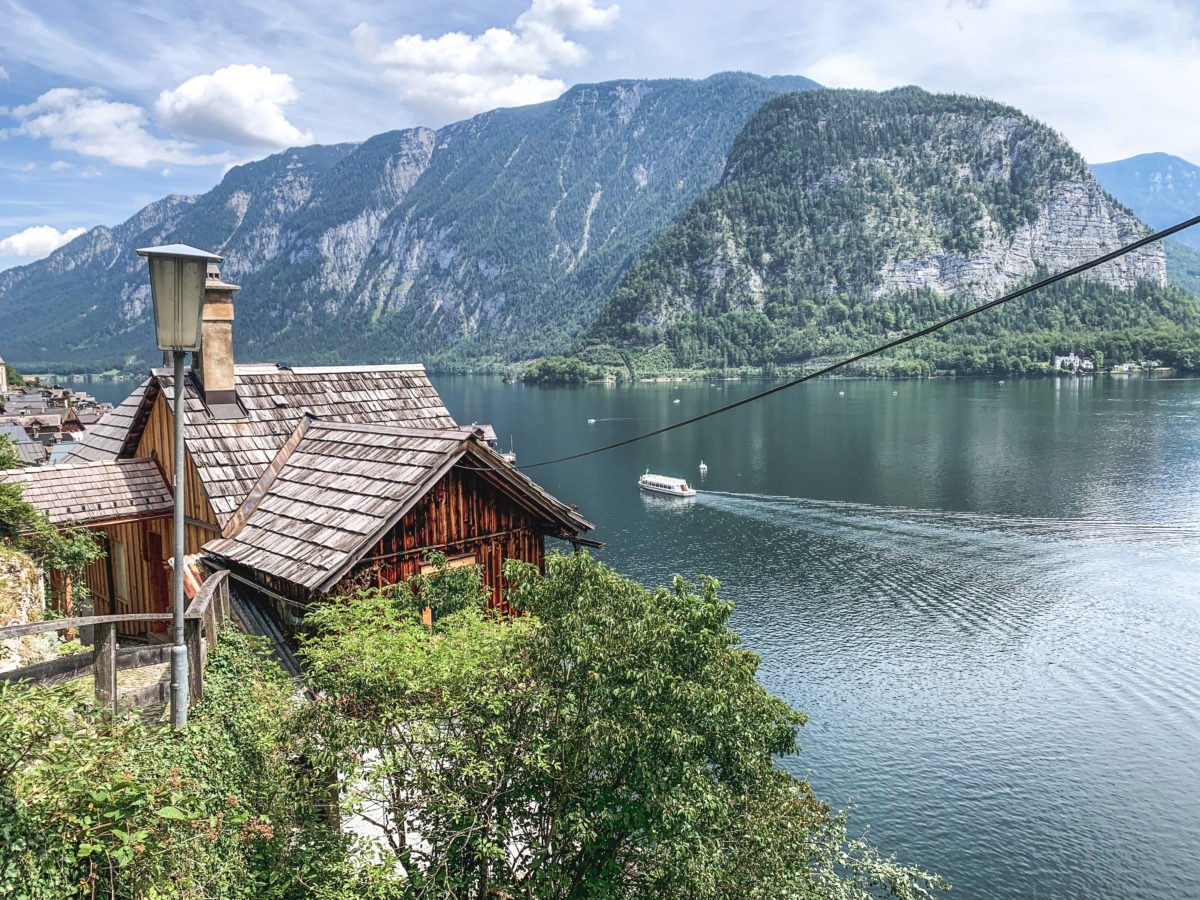
Arriving at the church, the icon of Hallstatt, I found again the crowd. This church, which you can see in all the pictures of the Austrian village, is called the Evangelical Church of Christ in English and was built in 1785 as a house of prayer.


Continuing on my way, I soon arrived at the spot where countless visitors are taking the “cliché” picture, but it was simply almost impossible to get close to the barrier in order to take a picture. I kept going for a few seconds before turning back as I saw the end of the village coming. I finally managed to sneak towards the barrier between two selfies and tourist poses to immortalize the view (yes I also wanted the snapshot, as it’s true that it’s the prettiest view).





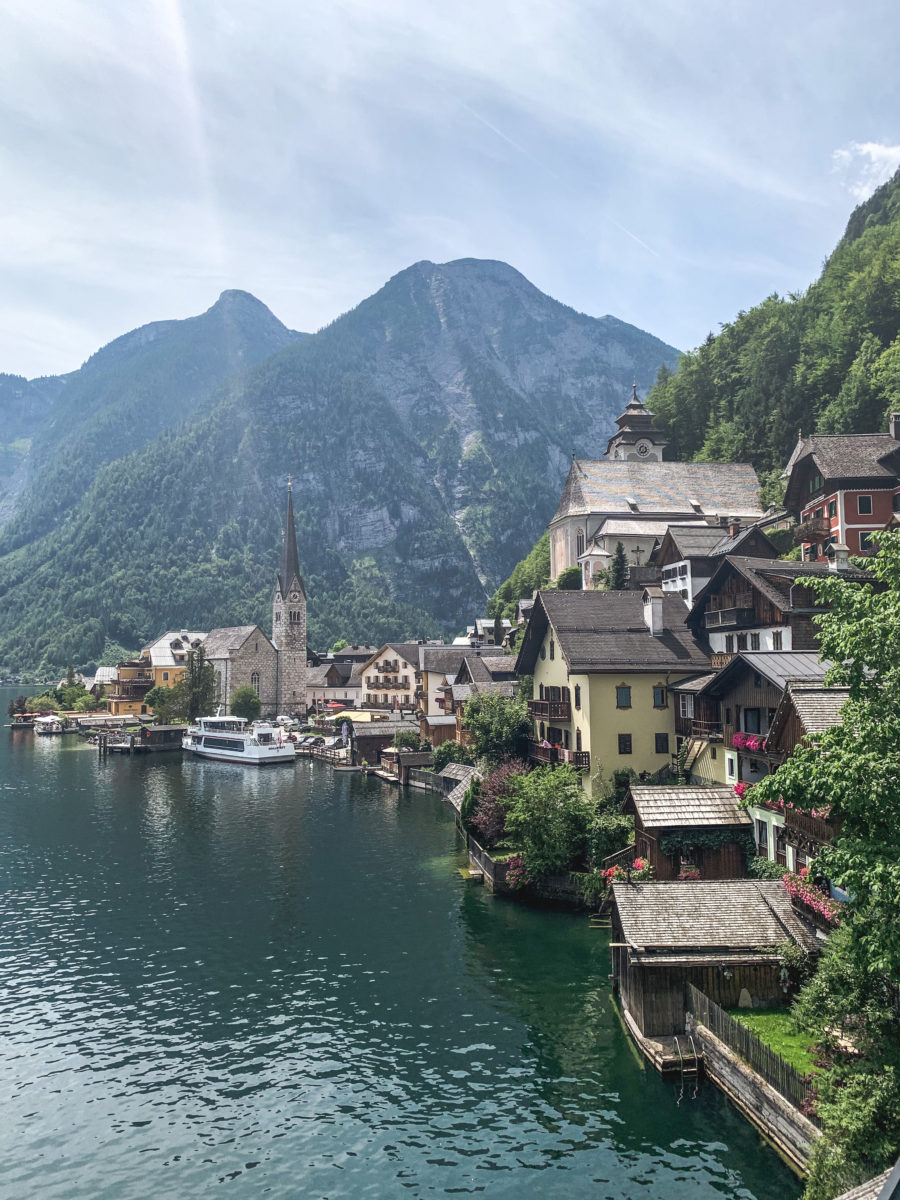


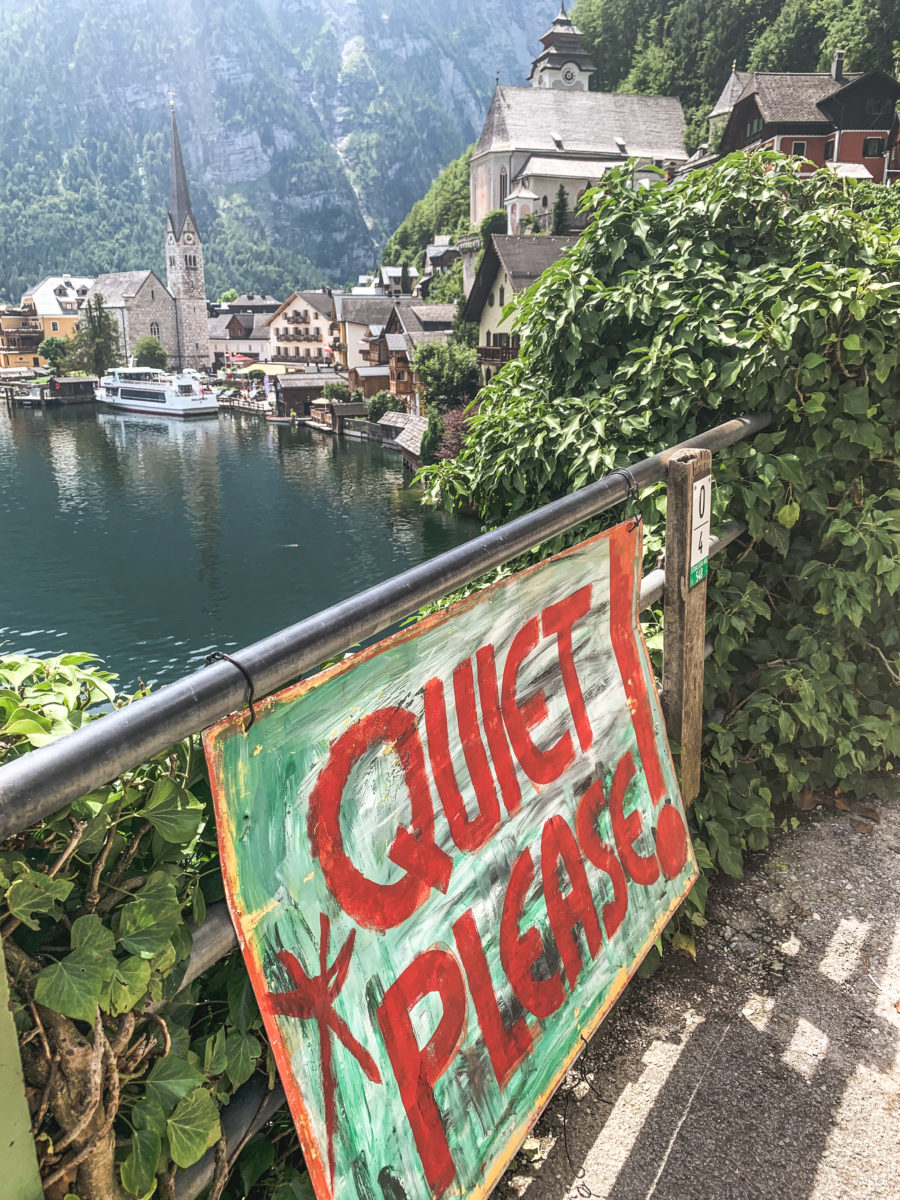

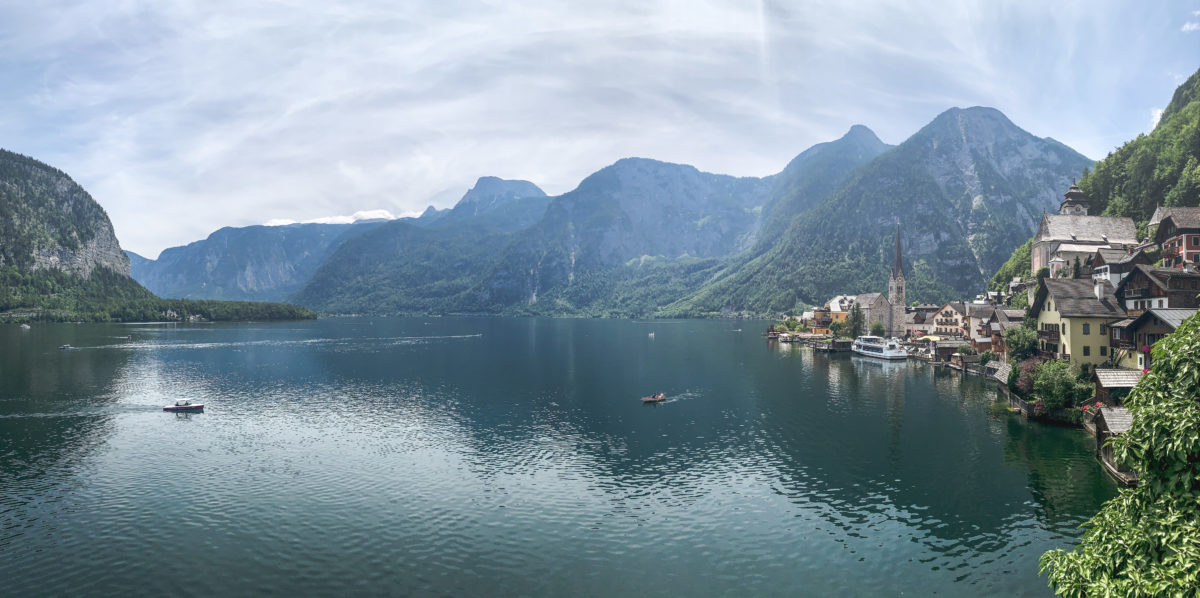
Unable to admire the view without being disturbed, I decided to go to the other church in the village which is just nearby. On the way there I noticed some signs from the inhabitants asking for silence. Given the hubbub of the people, it is quite understandable to see such signs, however, they are not much respected, and many people even stand in front of them to take selfies.
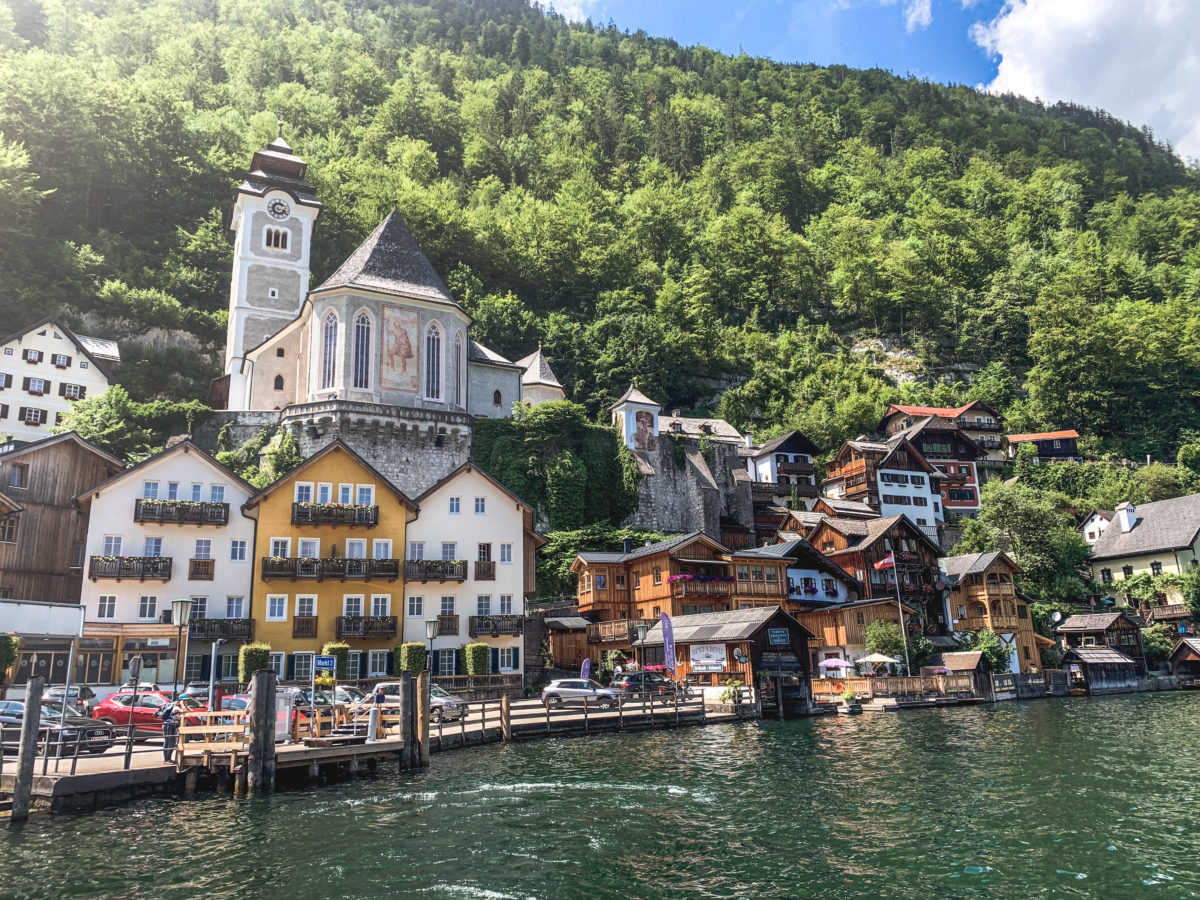
I wanted to go to this Catholic parish church in Hallstatt since a curiosity of the village is in the cemetery: an ossuary. It has existed since the 12th century and houses 1’200 skulls. A total of 610 have been painted and then placed according to family ties and the date of death is indicated there.

The story goes that because the cemetery was too small, the graves were reopened after 10 or 15 years and the bones removed. The skull was taken to be cleaned, bleached and then painted to be deposited in this ossuary. This practice ended in 1995 with the last skull placed. Nowadays, it is less necessary to remove the bones because of the increase in cremations. You will have to pay 1.50 euros to be able to observe all these skulls. In addition to mass tourism, all this is sprinkled with a bit of dark tourism (“tourist” places linked to death).
Following this, it was kindly 1 pm and I wanted to eat something. I went to the market square and sat on a terrace, but I soon discovered that they don’t accept credit cards. I would advise you to have cash if you go to Hallstatt, as there is an ATM, which is actually right next to the square in the main street, but with a huge fee to withdraw money.




I wondered then whether the village of Hallstatt is benefiting from tourism. Apart from the restaurants which work well (the terraces were full when I was there), the visitors are more likely to be excursionists since they don’t often spend the night in Hallstatt.
Having walked around the village, I saw that at the landing stage there was already a line of people waiting for the next boat. As I saw more and more people joining this queue, I also decided to get in line, not seeing the point of staying longer in Hallstatt, as it is impossible to rest quietly in the village. The boat ride to the train station was even nicer than the outward journey.

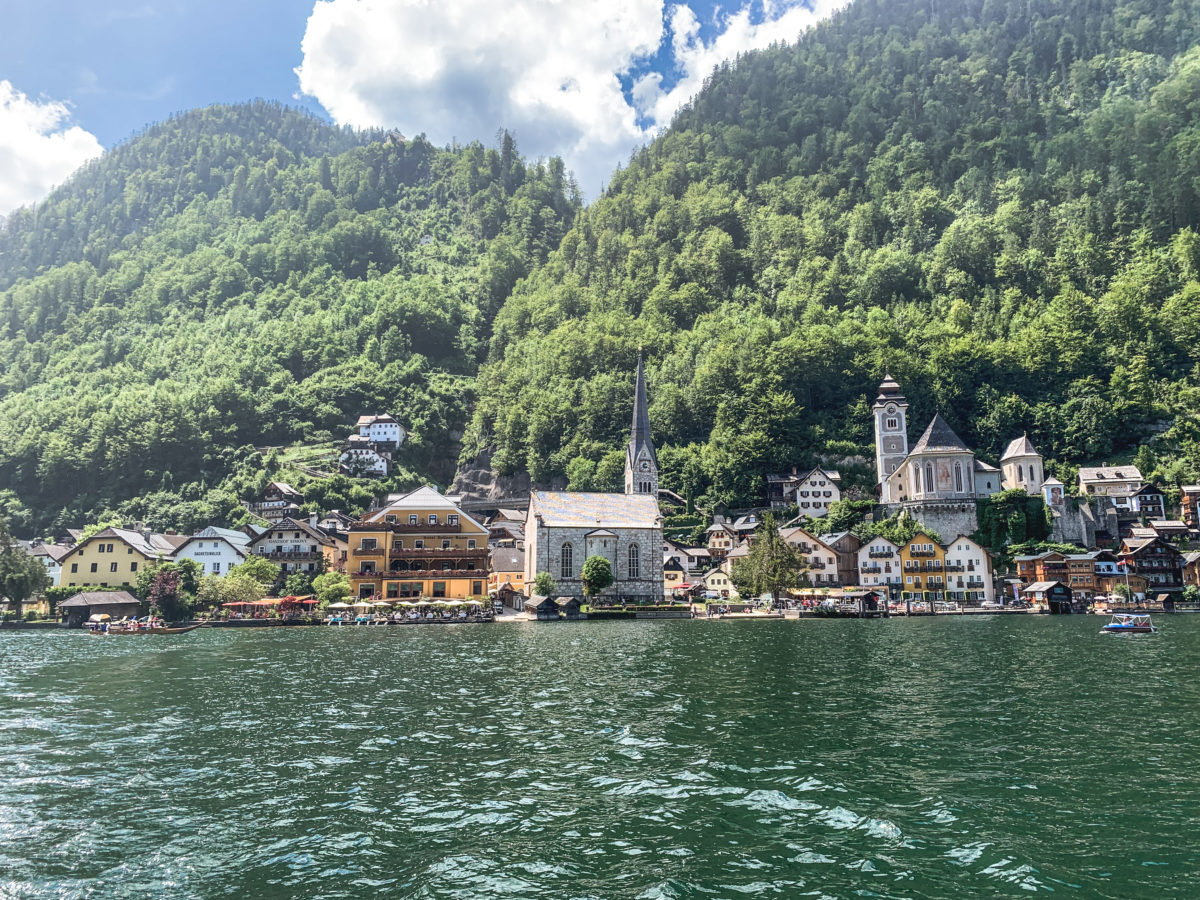




WHAT ARE THE LATEST MEASURES TAKEN?
In 2019, Europe’s cities have made special efforts to deal with the problem of over-tourism in their own way. In the summer, Rome introduced a €250 fine for sitting on the steps of the Spanish square, while at the same time announcing its intention to restrict access to the Trevi fountain. In Amsterdam, bans have been announced on Red Light district circuits and beer bikes.
It is always difficult to counteract mass tourism, hence the plea of the mayor of Hallstatt that tourists no longer come to his village in such large numbers. From 1 May 2020, the number of buses allowed to come is limited to 54 per day, which is still a lot. This is not to mention the tourists who come by car, train and boat. This is a modest measure, but one that may have a good impact on the influx of tourists to Hallstatt. Only time will tell.
INFO FOLLOWING THE CORONAVIRUS
Today, the Corona crisis has turned everything upside down. An article in the Neue Zürcher Zeitung explains that this virus has changed everything for the Austrian village, above all because the main tourist segments were Asian. Indeed, calm, without tourists, has returned to Hallstatt and will not soon see Asian groups disembarking by dozens a day.
One passage (translated here) caught my attention: “Many villagers, who had previously suffered from the agitation, said: ‘Hallstatt belongs to us again now’. As an entrepreneur (I imagine the town), it also sees advantages in slowing things down: “This is a chance to think fundamentally about the kind of tourism we really want to offer in Hallstatt”. »
The world was for a while almost at a standstill. Some actions, whether touristic or not, will perhaps change after this Covid-19 situation will finally be totally behind us (yes, soon a past, but by no means to be forgotten!). Again, only the future will tell us.
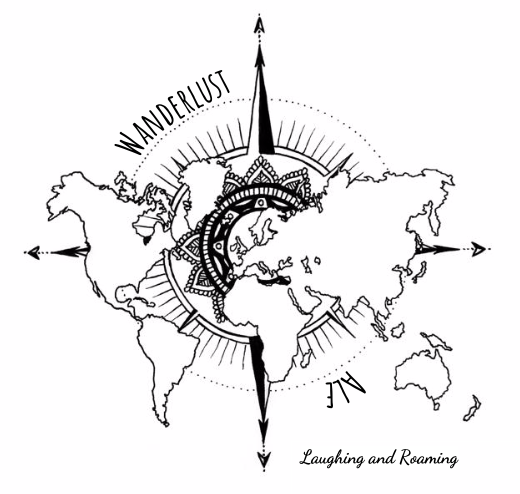
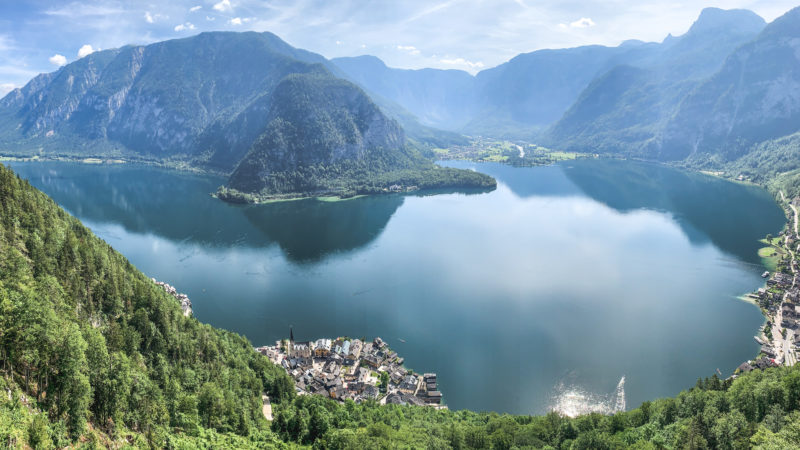
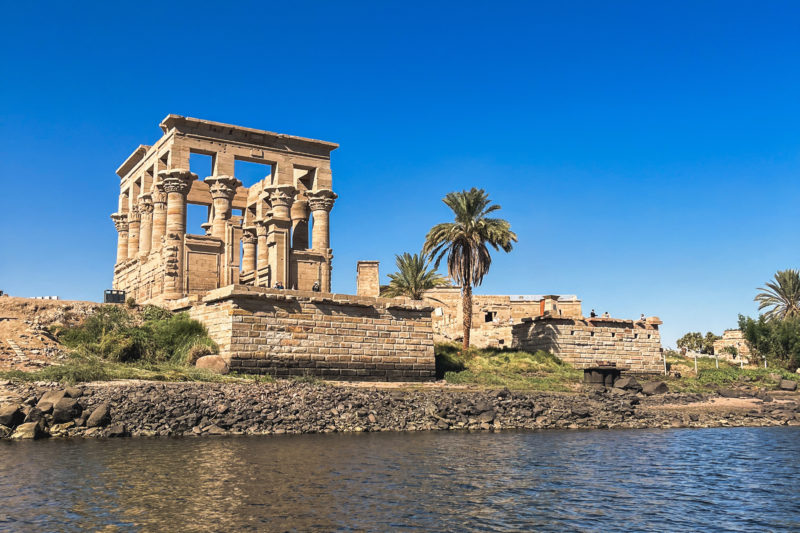
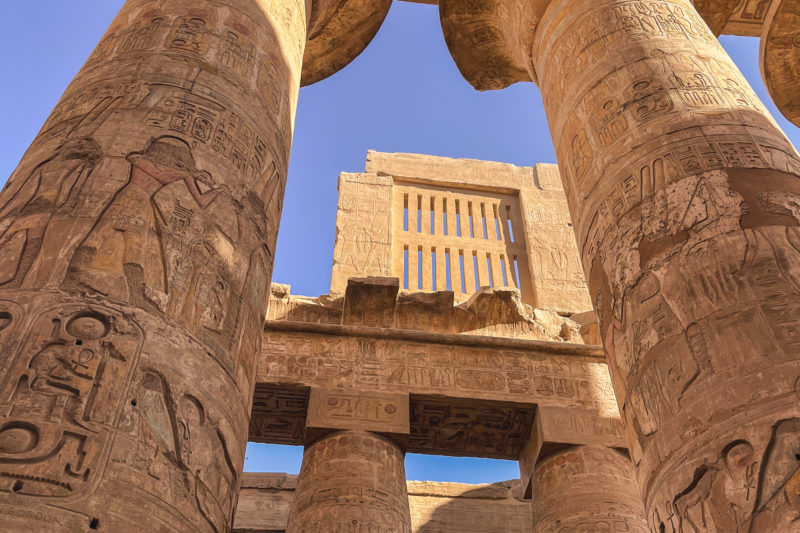
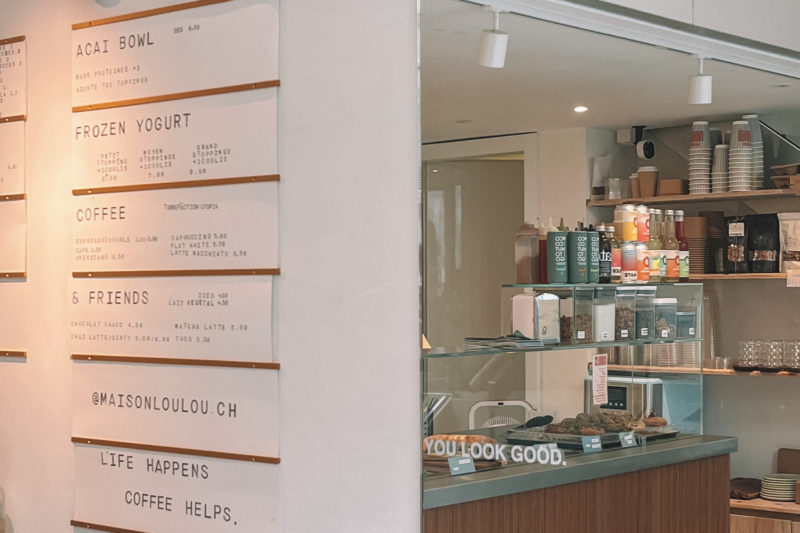
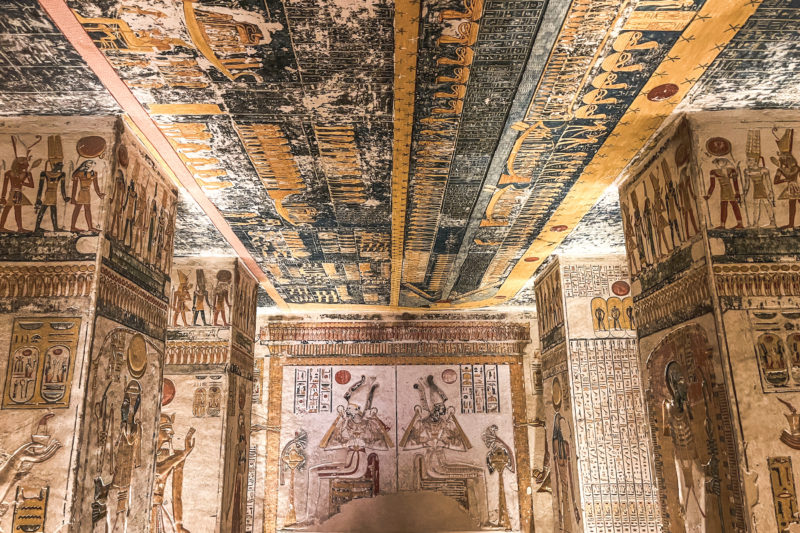
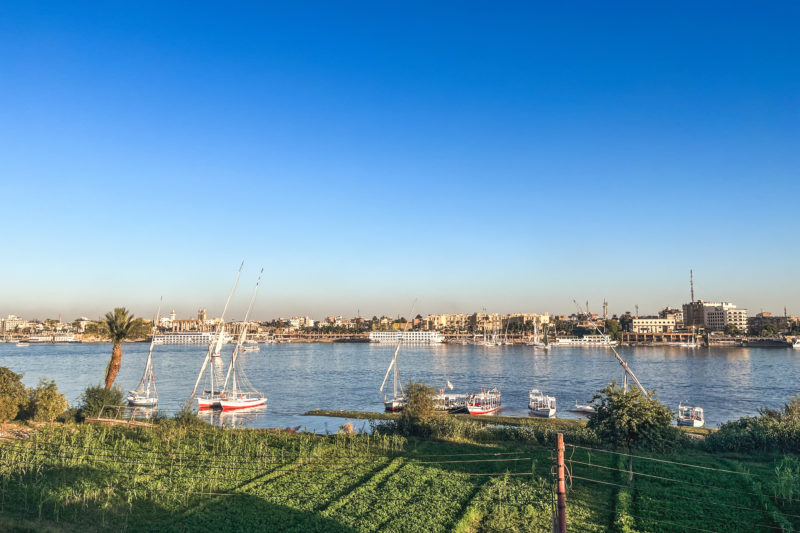
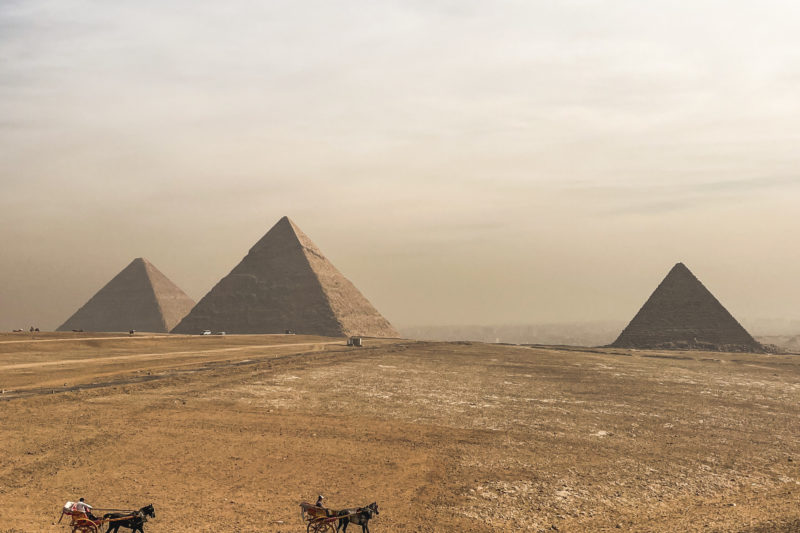
Comments (2)